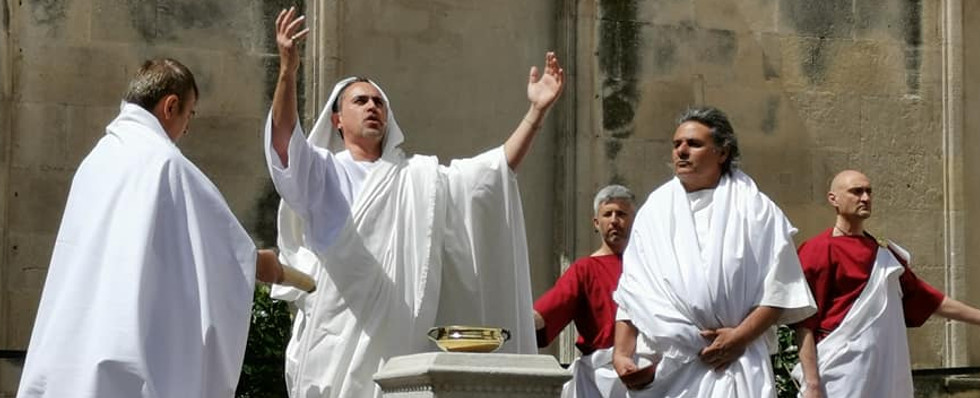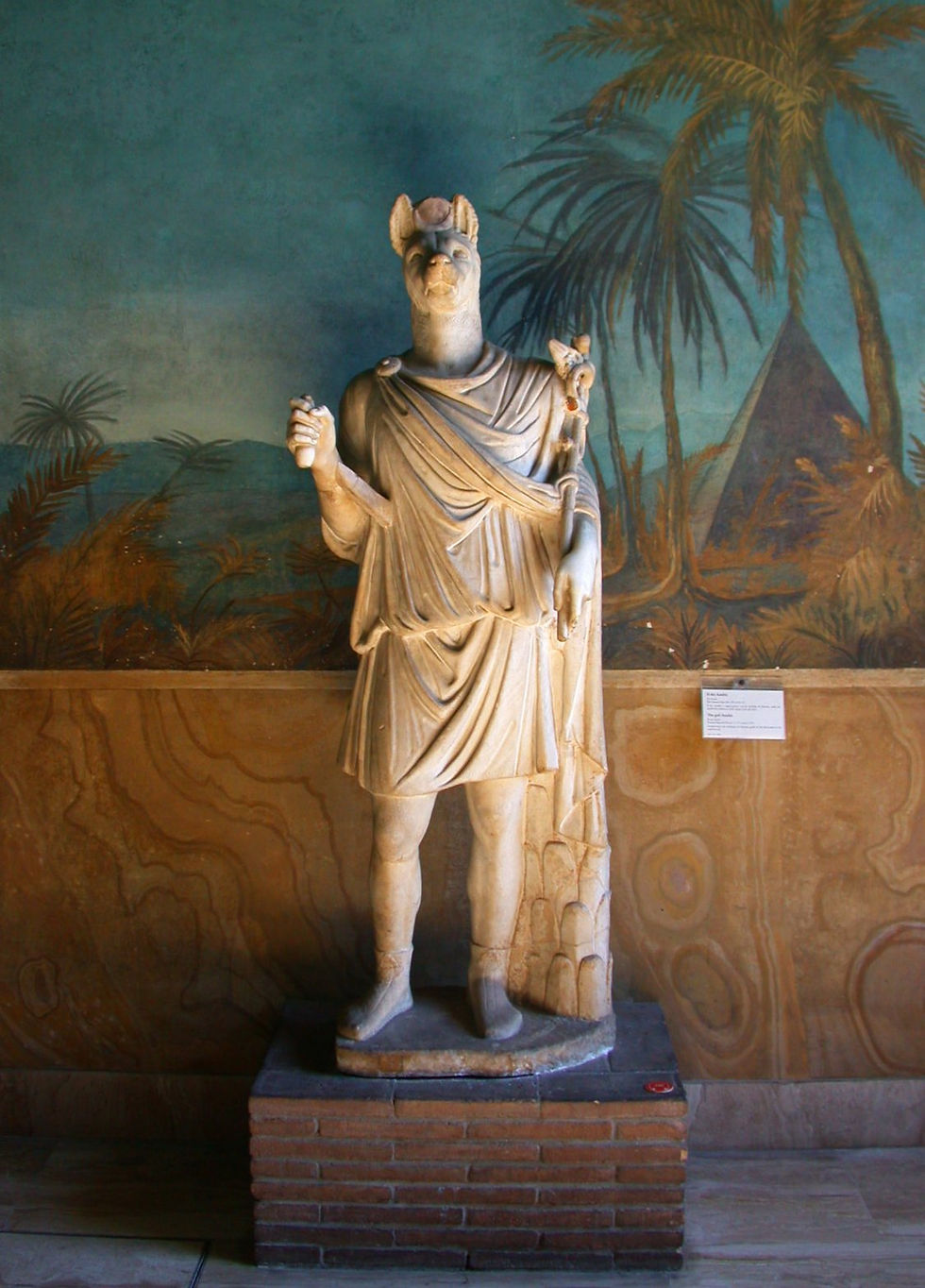Do you know heliotrope?
- associationenarro
- Aug 8
- 2 min read
Heliotrope is a variety of crystallized chalcedony, quartz, and iron. Part of the green jasper family, it is distinguished by its red hematite inclusions. These red inclusions are supposed to resemble bloodstains, hence the name "bloodstone," also used to refer to heliotrope. The name heliotrope comes from the Greek words "helios" and "trepeinï," meaning "sun" and "to turn" respectively, describing how the mineral reflects light.

Pliny the Elder provided a description of this property: "Heliotropium nascitur in Aethiopia, Africa, Cypro, porraceo colore, sanguineis uenis distincta. Causa nominis, quoniam deiecta in uas aquae, fulgore solis accidente, repercussu sanguineo mutat eum, maxime Aethiopica." Pliny the Elder (Naturalis historia 37, 165). "Heliotrope is found in Ethiopia, Africa, and Cyprus; it is leek-colored and veined with red. It was given this name because when placed in a vase of water, if the sun's rays fall upon it, it gives them a blood-colored reflection, especially Ethiopian heliotrope."
In antiquity, heliotrope was a stone with many properties. During this period, it was used for making intaglios, seals, as a lithic base for esoteric, even magical, inscriptions, or for votive sculptures. A magical stone par excellence, it was initially used to influence the climate and to invoke storms when placed in water under the sun's rays.
The lapidary text known as Damigeron (a 5th-6th century Latin translation of a probably much older Greek original) indicates that heliotrope can make it rain, trigger a solar eclipse, read the future, and preserve health and youth (Damigeron, De lapidibus (Abel), ch. II, p. 165, lines 1-19). The Babylonians used engraved heliotropes for divination. They used the arrangement of the red-spotted dots to stimulate their psychic powers, producing the same result as a vision by following the trace left by the dots. For this reason, Saint Albert the Great (Albrecht von Bollstädt, 1200 – 1280) reportedly called heliotrope the "stone of Babylon."
In pharaonic Egypt, warriors used heliotrope amulets to bring them supernatural strength. It was often present on armor breastplates and swords because it was believed to have the power to awaken courage and bravery even in the most dangerous situations. It was supposed to allow its wearer to remain impregnable in battle, long after those around them had fallen on the field of honor. This belief is likely the basis for another of its magical properties: invisibility. Pliny the Elder (him again!) indicated that magicians used it as a stone of invisibility ("magicians claim that when combined with the herb of the same name, and with the help of certain formulas, heliotrope makes its wearer invisible," previously cited). Much later, the Florentine writer Giovanni Boccaccio (1313 - 1375) perpetuated this belief by mentioning heliotrope as a stone of invisibility in one of his stories: the Decameron. In line with this belief, one of the current esoteric properties of heliotrope is to make its wearer "invisible" to the eyes of their enemies and, above all, to their bad intentions...




Comments